Iliac Crest: Causes and Treatment for Pain
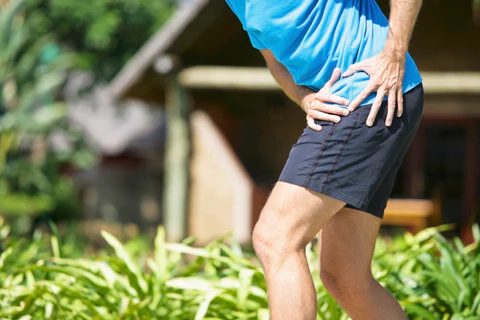
Related products
What is an Iliac Crest?
To improve comprehension and identification of the iliac crest, the discussion begins with a brief introduction to the anatomy of the human skeletal system, with a particular focus on the spine and its constituent parts. The human spinal column is primarily categorised into three portions: lumbar, thoracic, and cervical, arranged in descending order. The sacrum, a bone structure, connects the lumbar segment of the spine to the pelvic area. The ilium is located on both sides of the sacrum. There is a connection between the iliac crest and the sacroiliac joint. To identify the iliac crest, one places a palm on the waist and applies significant pressure, perceiving a rigid bone structure. The iliac crest is the skeletal structure in question. Stretching or straining the muscles, ligaments, and fascia connected to the iliac crest causes pain, which can extend to other regions of the body, such as the back and abdomen.

This article examines the aetiology of iliac crest discomfort, its sensory characteristics, therapeutic interventions, and preventive and palliative activities.
What muscles attach to the iliac crest?
The iliac crest serves as the point of attachment for several significant muscles. The following items are included:
- The tensor fasciae latae is a slender but strong muscle that provides stability to the hip, extends the hip, and, in conjunction with the gluteus maximus, creates the iliotibial band.
- The internal and external obliques are essential abdominal muscles that aid in breathing and generate trunk rotation and lateral flexion.
- The latissimus dorsi muscle is a significant triangle muscle located in the back that plays a crucial role in the flexion and extension of the trunk, as well as numerous motions of the muster.
What Are the Causes of Iliac Crest Pain?
Several factors contribute to iliac crest discomfort. The ilium bone is associated with two types of pain: direct pain, originating from the bone itself and its related tissues, and transferred pain. The sensation of pain in areas of the body other than its actual cause is known as referred pain.
Causes of Direct Iliac Crest Pain
· Muscle atrophy
In order to properly support the joints around the iliac crest, it is necessary to have a strong and well-developed collection of core muscles. Hip discomfort is commonly associated with insufficient muscular strength in the lower back or front abdominal muscles.
· Trauma
Trauma, such as a fall or a car collision, injures the iliac crest. As a result, it is probable that one will experience sensitivity and discomfort in both the hip and lower back. A hip pointer occurs when a person falls and impacts the anterior and superior regions of the iliac crest.
· Apophysitis of the ilium
Muscles attach to a bone at the apophysis, which is a kind of growth plate. This is where the bone grows, and it is the last portion of the bone to fully ossify. As a result, it is gentler for children and teenagers.
For instance, when the muscles consistently drag away from the growth plate during sporting activities and forcefully detach it from the bone, the growth plate may experience irritation and inflammation. Once the development process is finished and the bone has fully ossified, the issue is addressed.
Ilium apophysitis, a condition characterised by chronic discomfort in the anterior hip due to excessive usage, mostly affects children and adolescents. Occasionally, the area experiences swelling and pain, and the discomfort is likely to intensify while the individual is in motion.

· Iliolumbar syndrome and iliac crest pain
Iliolumbar syndrome occurs when the iliolumbar ligament tears, resulting in discomfort in the iliac crest. Repetitive torsion and flexion motions might lead to its deterioration and degradation. Furthermore, trauma, such as a motor vehicle collision or a slip-and-fall incident, is a contributing factor.
The presence of chronic lower back pain that spreads to the hips and groyne is a typical indication of the iliolumbar syndrome. There is a possibility that flexing or rotating one's neck or back might exacerbate the pain.
· Painful Gluteus Medius
The gluteus medius muscle is responsible for the pain around the iliac crest. Possible negative effects include decreased blood flow as well as impaired nerve and muscle function.
· Bone Cancer
Rarely does bone cancer cause pain in the iliac crest. Most likely, one of these other medical conditions is causing the pain a person is experiencing in the iliac crest.
· Pregnancy and childbirth
Pelvic girdle discomfort may onset at any point throughout pregnancy, labour, or postpartum. The anterior or posterior regions, between the iliac crest and gluteal fold, localise the discomfort. People perceive it as a dull ache or intense pain that interferes with everyday activities.
Causes of Referred Iliac Crest Pain
-
Sacroiliac dysfunction
If an individual has discomfort in their groin, lower back, or abdomen, it is possible that their sacroiliac joint, which links the ilium to the lower section of the spine, is inflamed or injured.
Sacroiliac joint dysfunction causes discomfort that originates on one side of the lower back and buttocks and spreads to the lower hip, groyne, and upper thighs. Ageing, arthritis, or engaging in activities like running might be the cause of this.
Common symptoms of this condition manifest as paraesthesia, muscular debility in the lower extremities, or exacerbated anaesthesia while engaging in activities such as sitting, sleeping, or ascending and descending stairs.
· Syndrome of the piriformis
Piriformis syndrome often arises as a result of excessive muscular tension. Consequently, the sciatic nerve becomes stressed, leading to pain in the lower back and hips. This is the result of practicing exercise with old gym shoes, which turns up as pain in the pelvic region of the human body.
What are the Signs and Symptoms of Iliac Crest Pain Syndrome?
The patients with iliac crest pain syndrome (ICPS) suffer from location-specific pain in the inner half of the iliac crest It is common amongst those who have chronic low back pain, or LBP.
· The symptoms of Iliac Crest Pain Syndrome include:
Lumbar pain. This discomfort may spread to the lower extremities, buttocks, and groin. One has discomfort while walking or bending.
An immune response causes swelling and redness. Indications of iliac crest issues resulting from physical trauma might include tenderness and oedema along the iliac crest.
Vigorous physical exertion. Iliac crest discomfort arises when engaging in activities such as jogging, kicking, or leaping.
The iliac crest pain radiates to the back, abdomen, or groin because of the interconnectedness of nerves and muscles in these regions with the pelvis. Put simply, discomfort in the iliac crest region spreads to other areas of the body.
The primary indicator of an iliac crest problem is pain in the lumbar region. The discomfort has the potential to radiate to the lower extremities, including the legs, buttocks, and groin. Physical activities like walking cause the discomfort.
How to Diagnose the Iliac Crest Pain Syndrome?
A patient with hip pain and iliac crest pain will be asked for a medical history. If an injury is the cause of the pain, please provide specific details about the damage.
A healthcare practitioner will thereafter do a thorough examination of the hip region to identify any indications of bruising, swelling, soreness, and discomfort.
A medical professional conducts an X-ray if they suspect a fracture. If an individual has persistent or severe pain, a medical professional suggests undergoing a CT scan or MRI.
What are some of the Treatment options for the Management of Iliac Crest Pain Syndrome?
The therapy options for iliac crest pain differ depending on the pain source and intensity. Common first-home treatment options often include the following:
• Relaxation:
In the case of minimal pain, cease all activities that exacerbate or induce discomfort, even if it is just for a brief period of time.
• Ice:
Utilising a cold compress on the afflicted region might effectively diminish inflammation and alleviate discomfort. Ensure that the person has placed a towel between their skin and the ice pack.
• Flexibility exercises:
After the discomfort diminishes, carefully elongate the muscles around the iliac crest by doing the aforementioned exercises.
If the pain is abrupt and intense or persists for more than a few days, it is advisable to get assistance from a healthcare practitioner. There are several potential medical therapy alternatives, including:
- injection of lidocaine
- Physical therapy, particularly in situations where the iliotibial band is the cause of discomfort.
- Injections of corticosteroids to reduce inflammation in cases where previous therapies have failed.
- Physical therapy addresses pain concerns with the running gait.
- Electrical stimulation
- Range of motion exercises
- Painkillers

· Prolotherapy
The structures located inside and around the iliac crest exhibit inadequate vascularisation, resulting in impaired intrinsic healing capacity. The oxygen and nutrients present in our blood stream help these tissues heal.
Prolotherapy is a medical procedure that entails the injection of a natural regenerative solution using small needles into bodily structures that are damaged, weak, deteriorated, or inflammatory. This injection directly supplies the necessary components for repair and regeneration. Prolotherapy has the ability to spread beyond the treatment area, resulting in a beneficial impact not only on the injury but also on the adjacent tissues and joints that have been strained due to compensatory mechanisms.
Because the therapy effectively addresses the underlying source of the problem, it is considered to be a permanent solution.
What are some of the ways to Prevent the Iliac Crest Pain Syndrome?
While some causes of iliac crest pain, including pregnancy, are unavoidable, there are preventive measures that individuals can take to mitigate hip discomfort.
Individuals are advised to attempt the following tasks:
- Sustaining a healthy body weight: Maintaining a healthy weight alleviates the strain on the hips.
- Choosing appropriate footwear: You must wear footwear that is both comfortable and has shock-absorbing qualities, such as a soft sole.
- Minimising exertion: To minimise stress on the hip, it is advisable to maintain physical activity while being cautious not to exceed one's limits.
-
Physical activity: Engaging in low-impact hip stretching exercises.
Several variables increase the likelihood of experiencing iliac crest discomfort.
Exercises and stretches
Hip abduction stretch
- Assume an upright posture with hips, knees, and feet aligned in a forward direction.
- Elevate the left leg laterally and maintain the position for a brief period of time.
- Perform the same action on the other side.
Hip flexors stretch
- Assume a kneeling position with one leg on the ground, the other knee bent in front of the person, and his hands resting on the hips.
-
Maintain a straight posture and forcefully move the hips forward.
-
Hold the position for a maximum of 30 seconds before changing to the other leg.

Hip extensions
- Grasp onto an object positioned at the waist's level, such as the rear portion of a chair.
-
Extend one leg posteriorly while maintaining a straight spine and retaining the position.
-
Perform the same action on both sides.
These stretches and exercises must only be done when comfortable. Attempting to exceed one's limits might result in more harm.
Why is there Pain in my iliac crest when lying on the side?
Several factors, including the following, contribute to increased hip discomfort when resting or sleeping on the side.
- Points of pressure
- Myalgia
- Trochanteric bursitis
There are several strategies to reduce this discomfort.
- Repositioning to alleviate strain on the hip region
- Sleeping in a supine position with a pillow under the knees to offer extra support and reduce hip flexor strain.
- Assessing the quality of the mattress and pillows, since a greater degree of firmness and more contours are required to improve body alignment.
Why does my Iliac Crest hurt while running?
Some runners experience hip discomfort, particularly on the superior side, after a run. Despite several efforts to alleviate it via the use of new footwear, consistent ice, and stretching, as well as adjusting running techniques or distances, the enduring discomfort continues.
The iliac crest is connected to the hip flexor muscles, iliotibial band (IT band, often referred to as the tensor fascia latae, or TFL in this higher region), and other abdominal and back muscles. The tensor fascia latae is responsible for side pain. Enhancing the strength of the core and hips helps ease this discomfort, since insufficient strength in these regions leads to aberrant motions and excessive strain.
People Also Ask
How do ergonomic adjustments help with relieving the iliac crest pain?
Ergonomic adjustments can help with providing relief from the iliac crest pain by encouraging and promoting proper body alignment that reduces strain on the hips and lower back. The ergonomic adjustments to relieve iliac crest pain include the use of chairs that support the natura curve of the backbone, making the workstations at the correct heigh to avoid overreaching or slouching of the back, and promoting the use of comfort footwear that supports good posture.
Can iliac crest pain be a symptom of a herniated disc?
Yes, iliac crest pain and discomfort can be a sign of herniated disc. The iliac crest is located at the top of pelvic bone which is often affected by referred pain from the lower spine (common site of disc herniation). As the disc herniates, it compresses the nearby nerves that cause pain and radiate it to the nearby parts of the body that includes the iliac crest as well. individuals experiencing this condition must consult a healthcare expert to get a proper diagnosis. Proper diagnosis must involve MRI or CT scan to confirm the occurrence and site of disc herniation and to seek the best medical course of management and treatment.
Conclusion
To identify the iliac crest, one places a palm on the waist and applies significant pressure, perceiving a rigid bone structure. The iliac crest is the skeletal structure in question. Stretching or straining the muscles, ligaments, and fascia connected to the iliac crest causes pain, which can extend to other regions of the body, such as the back and abdomen. The iliac crest serves as the point of attachment for several significant muscles such as tensor fascia latae, internal and external obliques, and latissimus dorsi muscle.
The ilium bone is associated with two types of pain: direct pain, originating from the bone itself and its related tissues, and transferred pain. Hip discomfort is commonly associated with insufficient muscular strength in the lower back or front abdominal muscles that are affected by muscle atrophy. Trauma, such as a fall or a car collision, injures the iliac crest and cause iliac crest pain. Ilium apophysitis, a condition characterised by chronic discomfort in the anterior hip due to excessive usage, mostly affects children and adolescents that also causes pain. Repetitive torsion and flexion motions might lead to its deterioration and degradation that cause iliolumbar ligament tears, resulting in discomfort in the iliac crest. Sacroiliac joint dysfunction causes discomfort that originates on one side of the lower back and buttocks and spreads to the lower hip, groyne, and upper thighs.
The symptoms of iliac crest pain include lumbar pain, discomfort in the buttocks after vigorous physical exercise, and swelling and redness in cases of inflammation. The discomfort has the potential to radiate to the lower extremities, including the legs, buttocks, and groin. Ways to treat the pain and discomfort due to iliac crest pain include relaxation, cold compress with ice, flexibility exercises and prolotherapy.



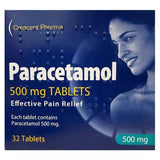


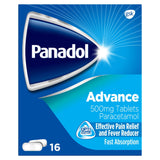
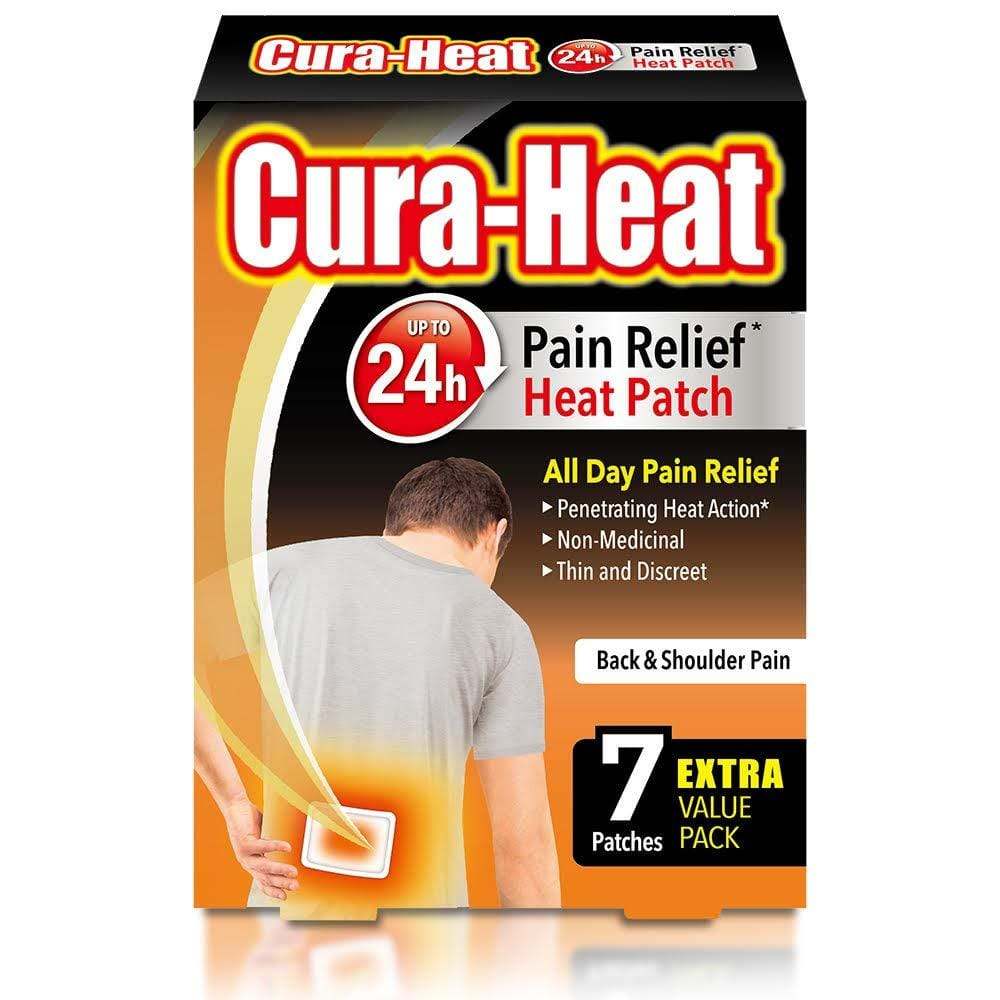

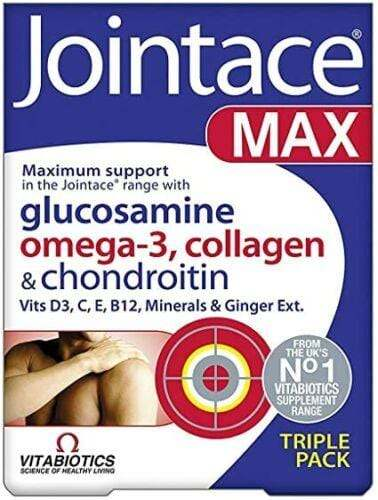
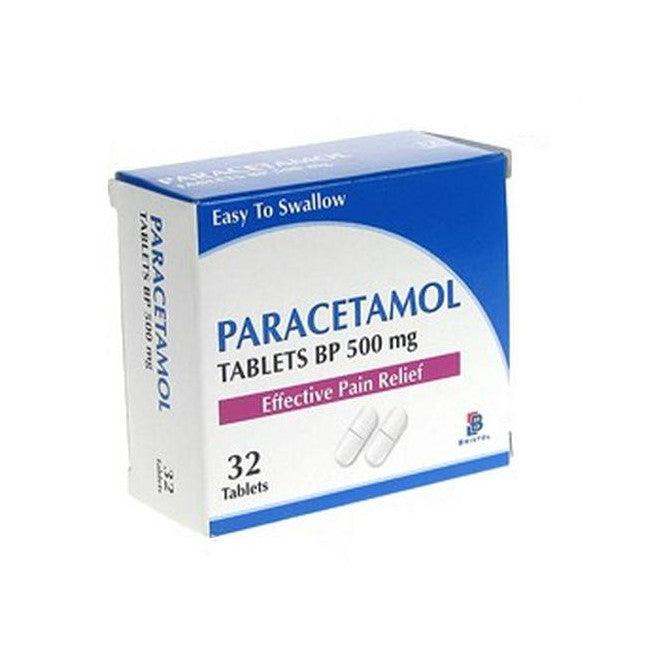

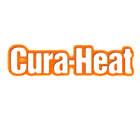

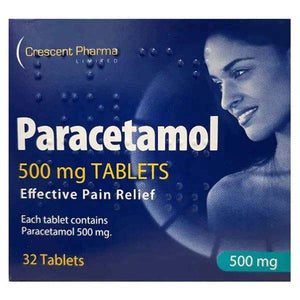


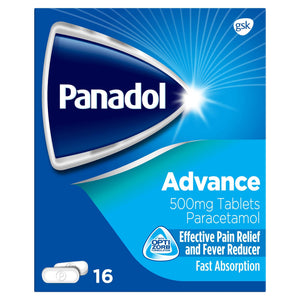
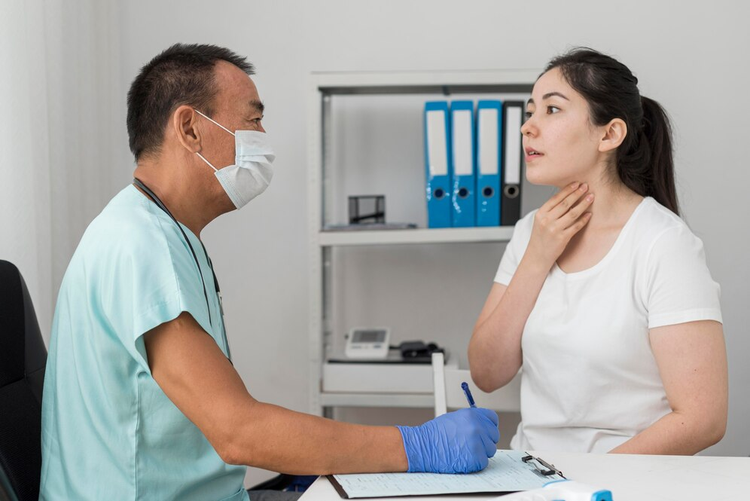
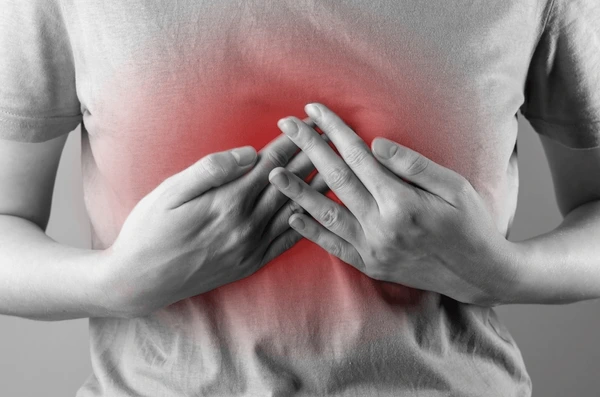


 Rated Excellent by 26,523+ Reviews
Rated Excellent by 26,523+ Reviews